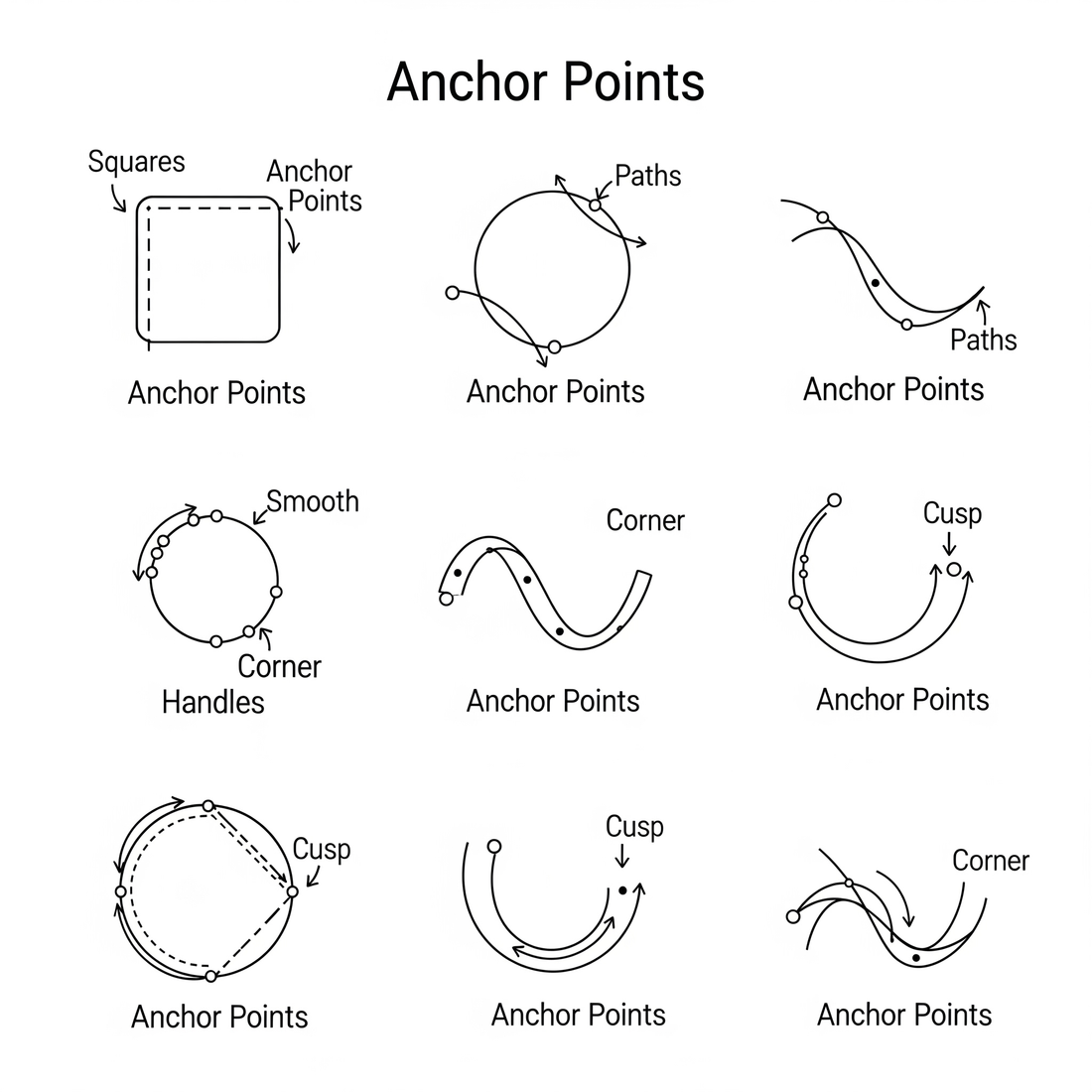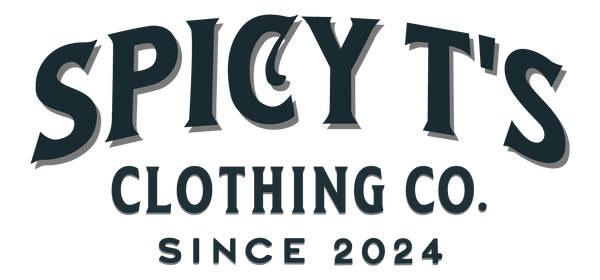
What Are Anchor Points in Vector Illustration? A Complete Guide for Beginners
Share
If you've ever used tools like Adobe Illustrator, CorelDRAW, or Inkscape, you've likely come across the term anchor points — the invisible heroes behind every vector graphic.
But what exactly are anchor points, and why are they so important in vector illustration?
Let’s break it all down with simple examples, visual tips, and pro-level insight!
🎯 What Are Anchor Points?
Anchor points are the building blocks of vector graphics. They define where a path starts, ends, or changes direction.
In simpler terms:
-
A path = the line or shape
-
An anchor point = the dot that defines where that line goes or bends
Each anchor point tells the software how to shape your design — making them essential for creating logos, illustrations, icons, typography, and more.
📌 Types of Anchor Points
1. Corner Anchor Points
-
Create sharp angles or straight lines
-
Common in logos, boxes, and geometric shapes
-
Example: A triangle has three corner anchor points
2. Smooth Anchor Points
-
Create curved paths
-
Each point has direction handles (or Bézier handles) to control the curve's depth and direction
-
Used in natural shapes like waves, faces, or animal designs
🛠️ Anchor Point Components
| Component | Description |
|---|---|
| Anchor Point | Defines a location on the path |
| Path | The line connecting anchor points |
| Handles | Control the curve’s angle and length (on smooth points) |
| Direction Lines | Visual guide showing how the path bends |
🖼️ Real-Life Example: Vector Logo
Let’s say you're drawing a cat logo:
-
The ears have sharp anchor points
-
The cheeks and tail use smooth anchor points
-
The eyes are elliptical paths with multiple smooth points
This combination gives you full control over the shapes — and you can resize everything without losing quality!
🔧 Editing Anchor Points
In Adobe Illustrator:
-
Use the Direct Selection Tool (A) to move or adjust anchor points
-
Use the Pen Tool (P) to add or delete anchor points
-
Use the Anchor Point Tool (Shift + C) to convert between smooth and corner points
💡 Pro Tip: Fewer, cleaner anchor points = smoother curves and smaller file sizes!
🎨 Why Anchor Points Matter in Vector Illustration
Precision Control
Design every curve, corner, and angle exactly the way you want — essential for branding and printing.
Easy to Edit
Need to change the shape of a logo or scale it up for a billboard? Anchor points make it possible without distortion.
Clean & Professional Design
Good anchor point management ensures your lines are smooth, accurate, and professional-looking.
Critical for Printing & Embroidery
Printers and embroidery machines read vector paths. Clean anchor points ensure better translation into real-world materials.
🚫 Common Mistakes to Avoid
❌ Too many anchor points – leads to messy, jagged curves
❌ Unjoined paths – causes issues in cutting or printing
❌ Overlapping points – can break symmetry or fill color areas
❌ Skipping handle adjustment – makes curves look awkward
🧰 Tools That Use Anchor Points
| Software | Anchor Point Support |
|---|---|
| Adobe Illustrator | Full control (best-in-class) |
| CorelDRAW | Powerful for print and sign design |
| Inkscape | Free and feature-rich |
| Affinity Designer | Great alternative to Illustrator |
| Figma | Vector-friendly for UI/UX design |
🏁 Final Thoughts
Anchor points are the backbone of vector art. Learning how to master them is key to becoming a better illustrator, designer, or merch creator.
From drawing precise logos to crafting smooth illustrations, anchor points give you the flexibility and accuracy to design anything you can imagine.
